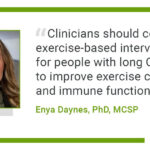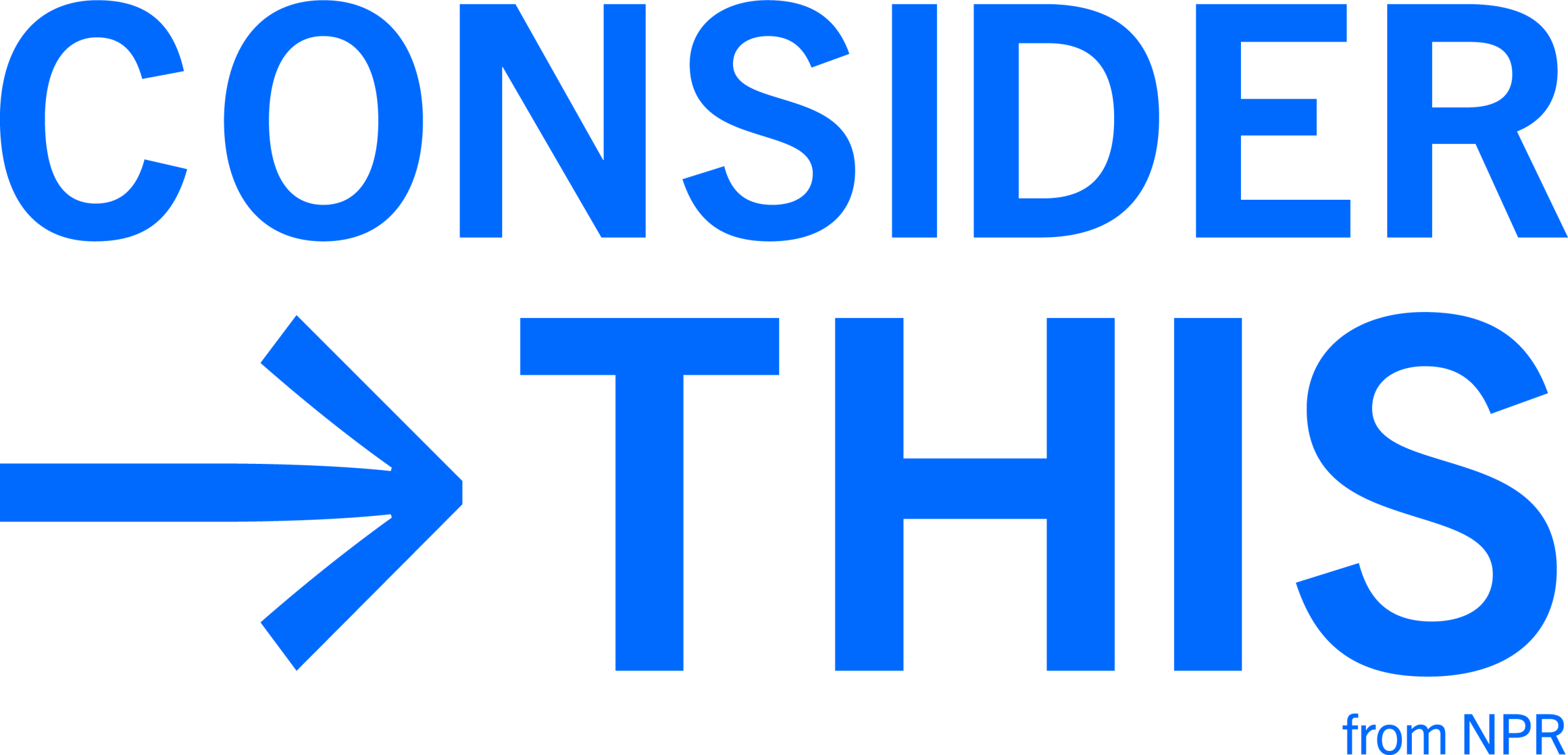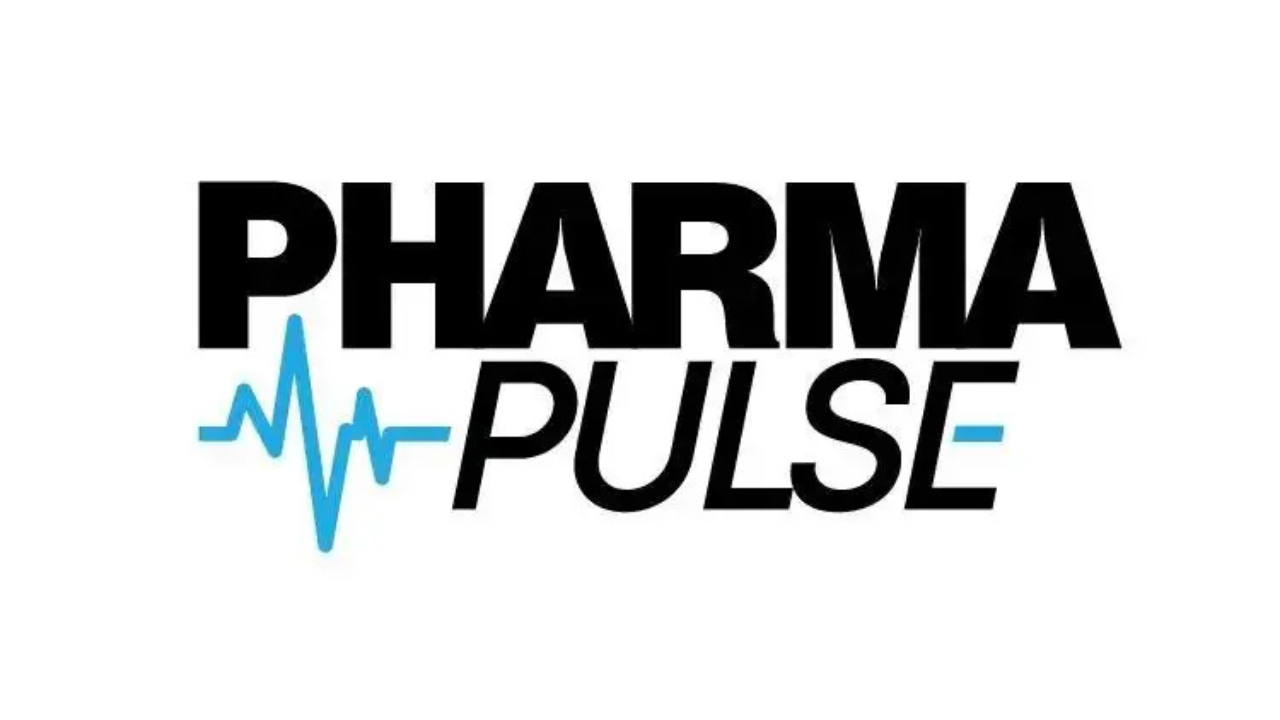We’ve all experienced it: settling in to watch our favorite show, only to be interrupted by yet another pharma commercial featuring people frolicking through fields. At the same time, a soothing voice rattles off a litany of side effects. The United States is one of only two countries in the world that allows direct-to-consumer (DTC) pharma advertising on television, and it’s time we reconsidered this approach from an industry with very low trust with consumers.
I’ve worked in DTC/HCP marketing for over 20 years and loved the challenge, but it may be time to limit TV spots. Some TV shows, despite the renewed call to limit TV ads, still feature back-to-back pharmacy ads; however, research continues to show that they aren’t as effective as marketers believe. Why?
The Saturation Problem
Turn on your television during prime time, and you’ll quickly notice that pharmaceutical ads dominate the commercial breaks. This saturation hasn’t happened by accident—the pharmaceutical industry spent over $6 billion on DTC advertising in recent years, with television consuming the lion’s share of that budget. The result? Viewers are bombarded with so many drug advertisements that they blur together into an indistinguishable mass of scenic backdrops and rapid-fire disclaimers.
When every other commercial break features a pharmaceutical ad, the effectiveness of any single campaign diminishes dramatically. Viewers tune out, change channels, or simply become desensitized to the messaging. The pharmaceutical companies are essentially competing against themselves in an ever-escalating arms race for attention, driving up costs without proportional returns.
Questionable Effectiveness
Despite the billions spent, the actual effectiveness of DTC television advertising remains dubious. While pharmaceutical companies argue these ads educate patients and encourage them to seek treatment, the reality is more complicated. Many studies suggest that DTC ads lead to inappropriate medication requests, with patients asking for brand-name drugs when equally effective generic alternatives exist, or requesting medications they don’t actually need.
Moreover, the format of television advertising is poorly suited to conveying the complex medical information necessary for truly informed decision-making. A 60-second spot cannot adequately explain a drug’s mechanism of action, appropriate patient populations, or how it compares to existing treatments. What results is awareness without understanding—patients know a drug’s name but lack the context to evaluate whether it’s right for them.
The Wrong Channel for Rare Diseases
Perhaps most problematic is the use of broad-reach television advertising for medications treating rare conditions with small patient populations. If a drug treats a disease affecting 50,000 people nationwide, broadcasting advertisements to millions of viewers is a highly inefficient use of resources. It’s the equivalent of using a sledgehammer to crack a walnut.
For these specialized medications, television advertising represents a massive misallocation of resources. Those marketing dollars would be far better spent on targeted outreach to the physicians who actually treat these conditions, patient advocacy groups, or digital channels that can reach the specific populations who might benefit. Instead, pharmaceutical companies blanket the airwaves, reaching countless people for whom the medication is entirely irrelevant, while driving up the overall cost of the drug to cover these wasteful marketing expenses.
A Better Path Forward
The solution isn’t necessarily a complete ban on pharmaceutical advertising, but rather thoughtful limitations on television DTC ads specifically. We should consider:
Restricting TV ads to drugs treating common conditions where broad awareness genuinely serves public health, such as diabetes management or smoking cessation aids.
Prohibiting TV advertising for specialty drugs and orphan medications that treat small patient populations better reached through targeted channels.
Implementing frequency caps to reduce advertising saturation and give individual campaigns room to breathe, allowing them to be heard.
Requiring longer-form content for complex medications, pushing pharmaceutical companies toward digital platforms where patients can access detailed information at their own pace.
The current system serves neither patients nor, ultimately, the pharmaceutical companies themselves. It’s an expensive, inefficient approach that has reached a point of diminishing returns. By implementing sensible limits on DTC television advertising, we can reduce costs, enhance the signal-to-noise ratio for genuinely essential health messages, and ensure that marketing resources are directed toward channels that effectively reach and inform the target patients.
It’s time to turn down the volume on pharma TV ads and find more effective ways to connect patients with the treatments they need.










